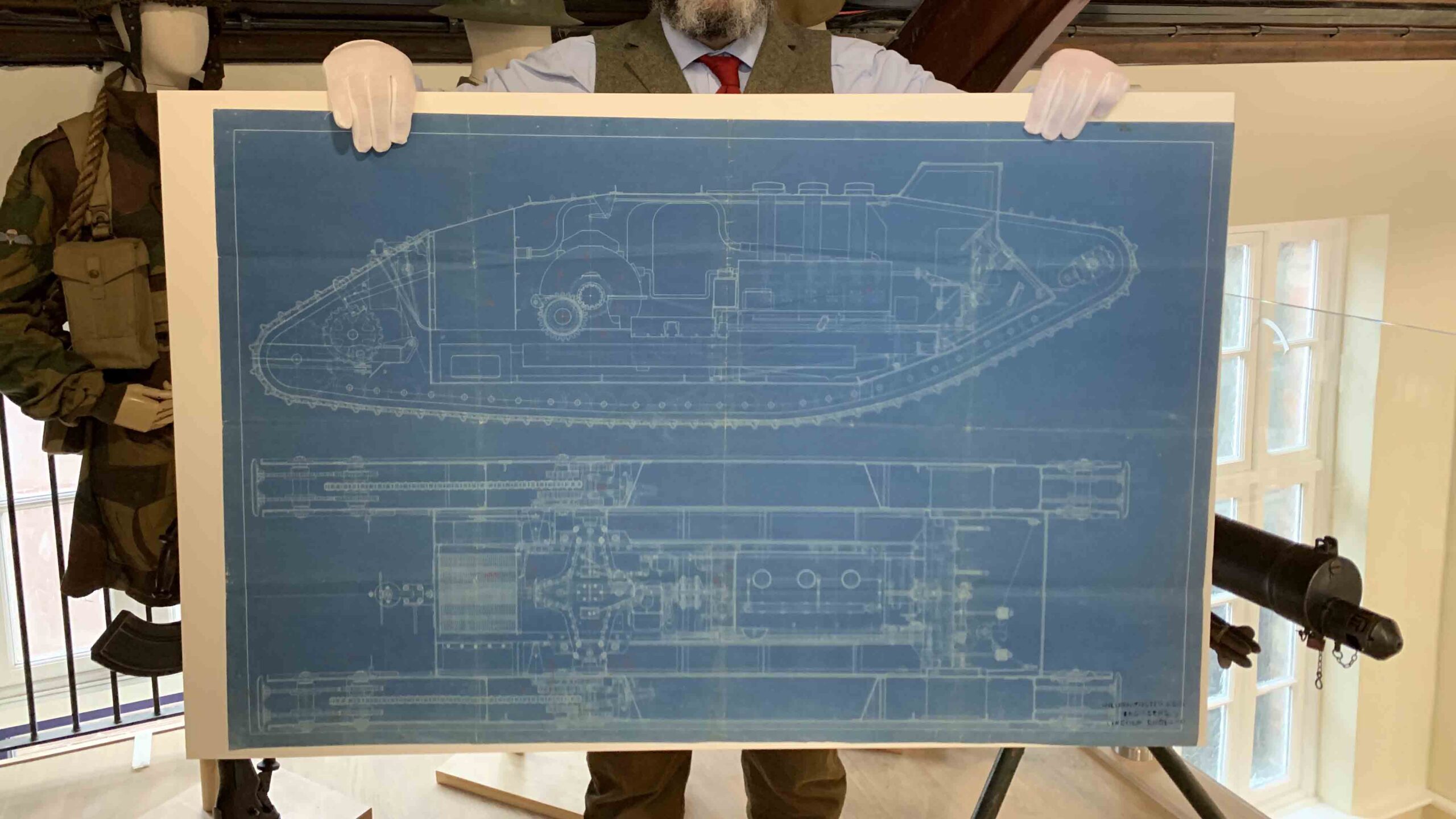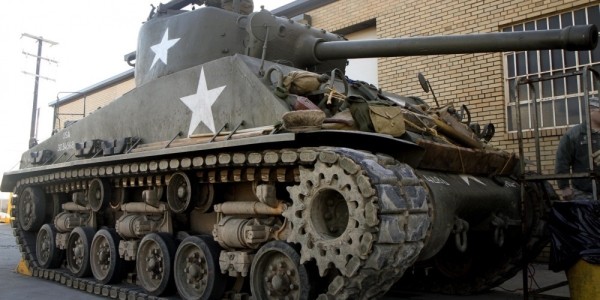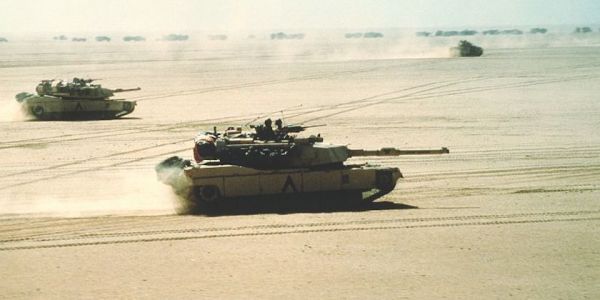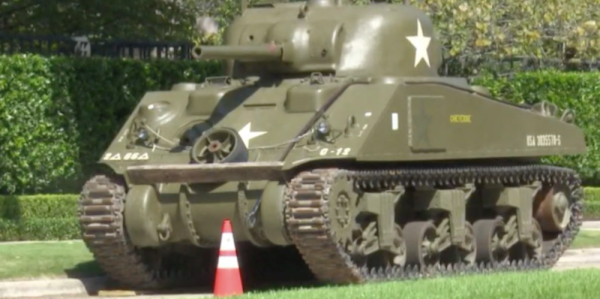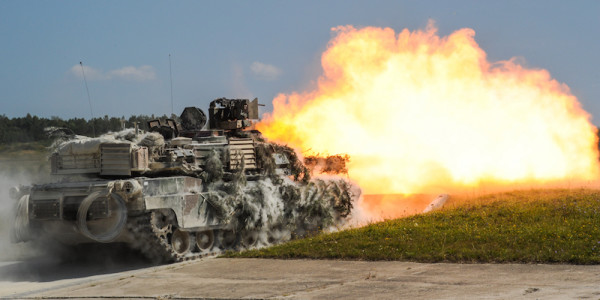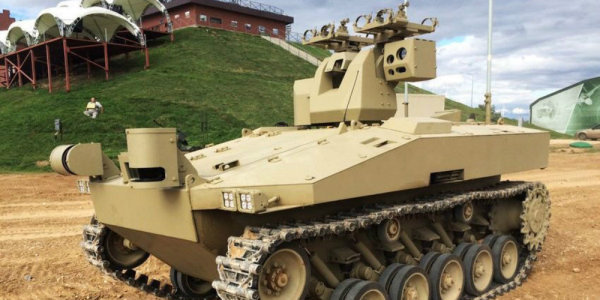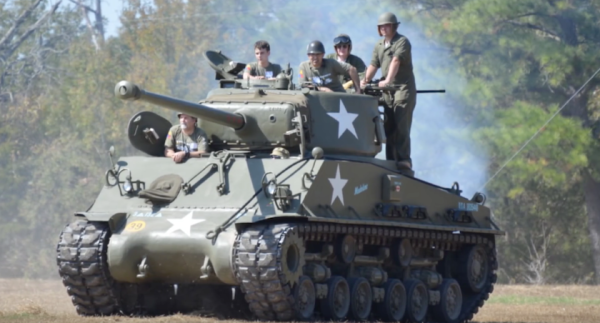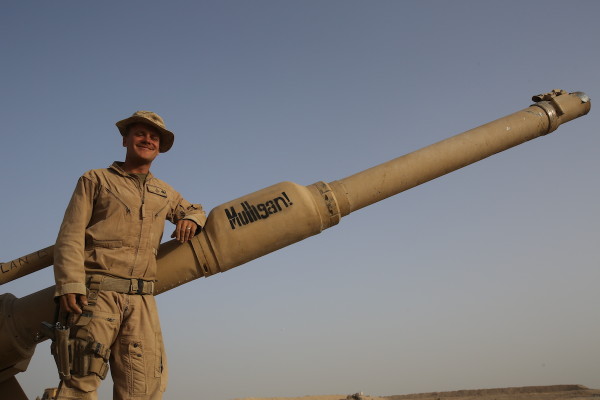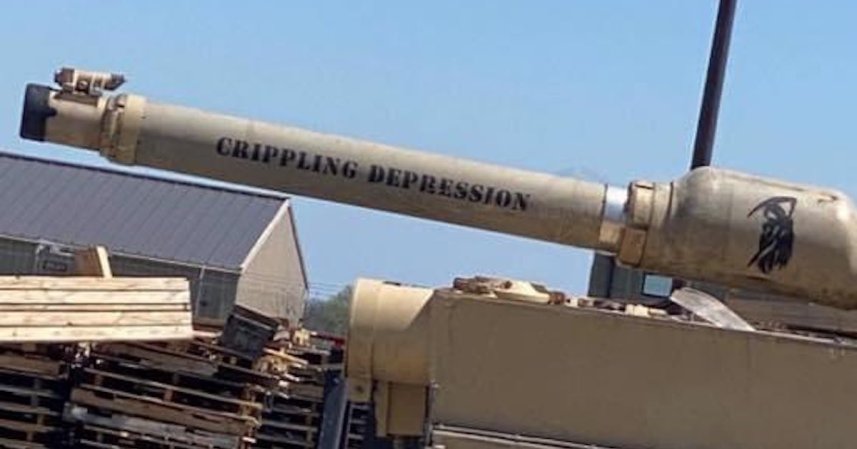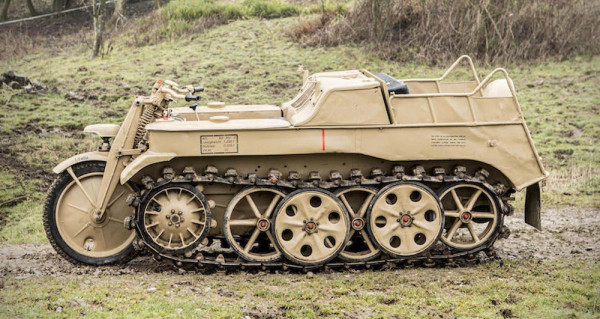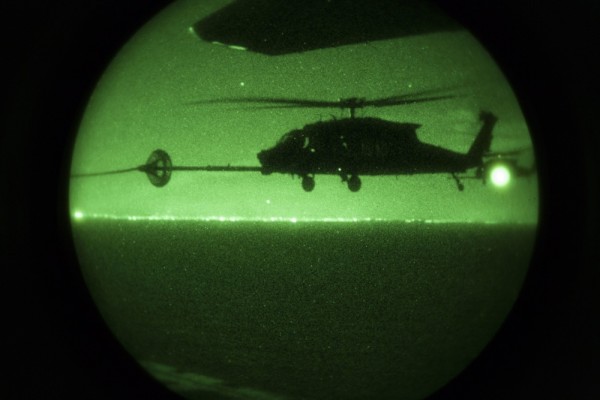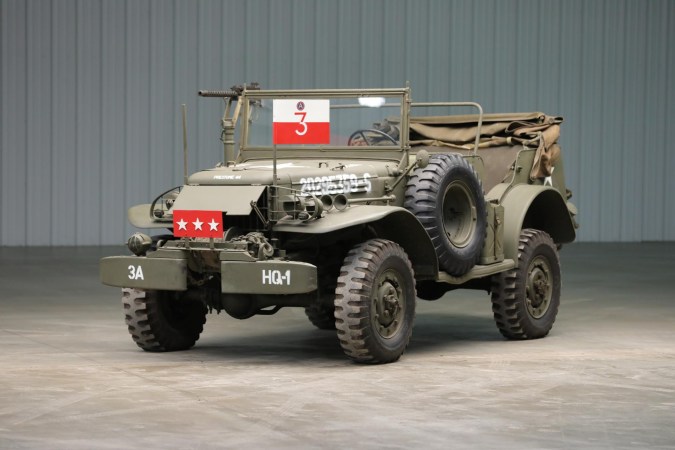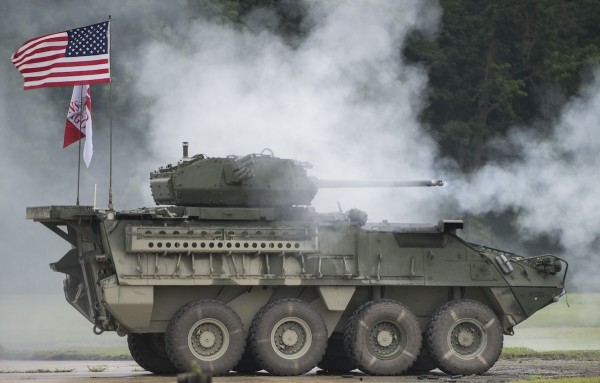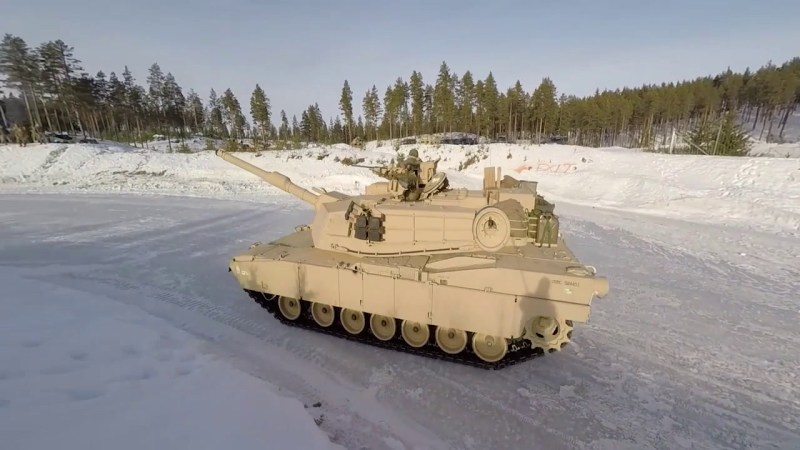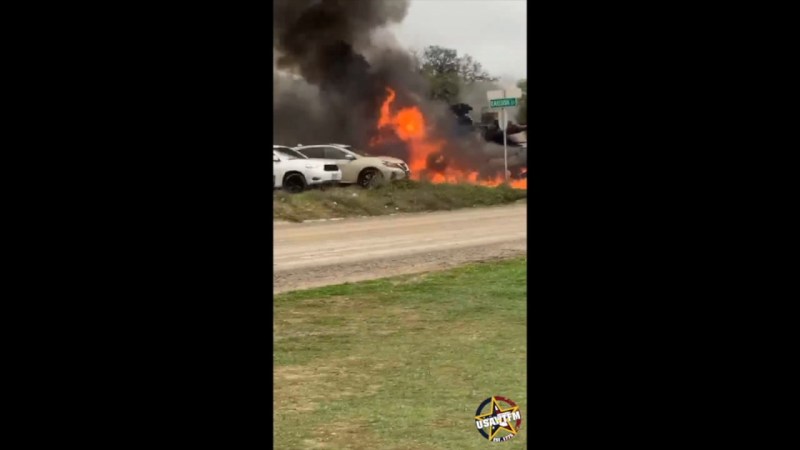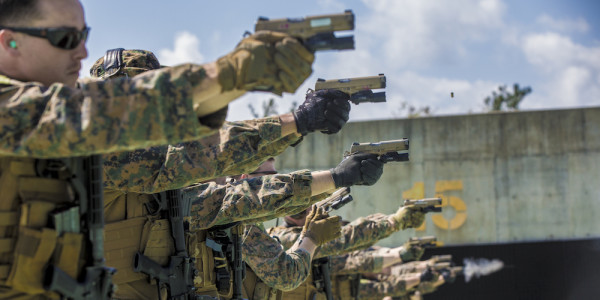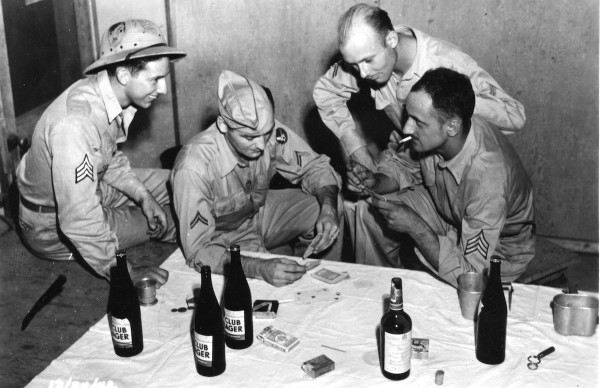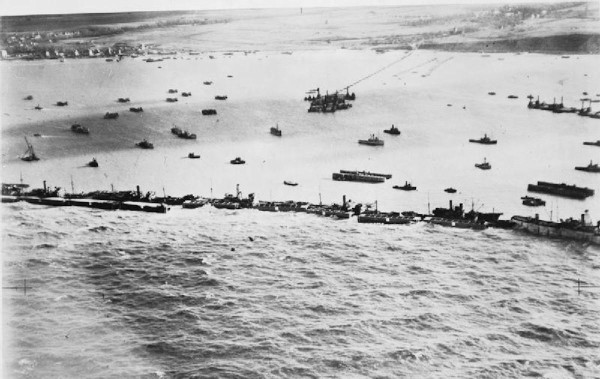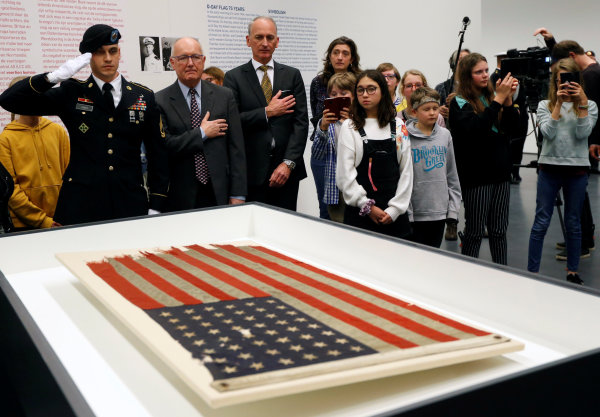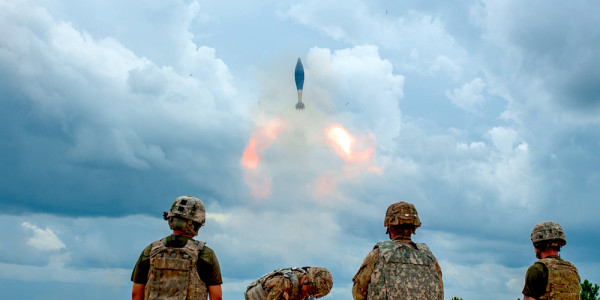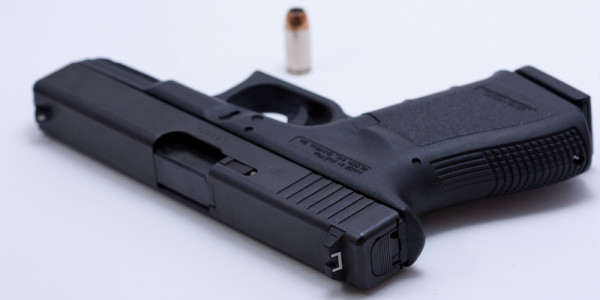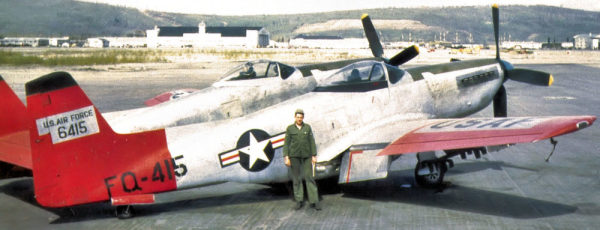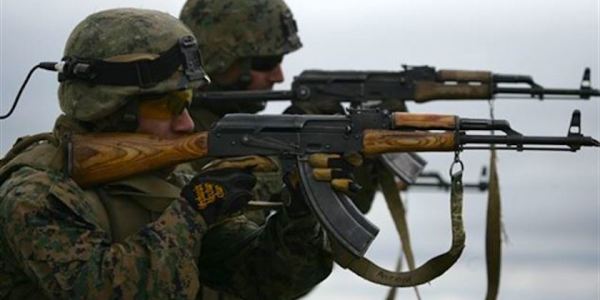Tank experts rejoice: Your Rosetta Stone has been uncovered!
Recently discovered blueprints for the British Mark 1 tank, the world’s first tracked armored fighting vehicle that saw combat, will reportedly be auctioned off in Great Britain. Only about 150 of the tanks were made, but it proved to be the acorn that grew into a mighty oak.
Before you “Well, actually” experts start complaining that the Mark 1 isn’t the first military invention that can be called a tank, Task & Purpose concedes that one can argue that elephants served as tanks in the ancient world. Leonardo da Vinci also designed a war machine in the 15th Century that certainly looked a lot like a tank, had it ever been used.
But the Mark 1 is the first vehicle used in military operations to be called a “tank,” in part because the British had initially considered calling it a “Water Container” to hide its true purpose, but they realized that the task force building the vehicles would have to be referred to as the “WC Committee” — not the best choice considering the acronym “WC” is how the British refer to bathrooms.
The original blueprints for the Mark 1 tank were thought to have been lost to history, but they were recently re-discovered, according to the British Forces Broadcasting Service. In February, Laidlaw Auctioneers and Valuers in Carlisle, Britain, will accept bids for the blueprints, which are expected to sell for up to $27,000.
The Mark 1 came in two variants: A “male” version that had two 57mm guns and a “female” variant with two Vickers machine guns. As the war progressed, Mark 1 tanks played more of a supporting role as newer machines were used as main battle tanks.
Tanks were borne out of frustration over the stalemate on the Western Front during World War I. The widespread use of machine guns with interlocking fields of fire had effectively killed the concept of maneuver. Both sides were forced to dig a network of trenches and full-frontal assaults became suicidal.
On July 1, 1916, more than 19,000 British troops were killed and 38,000 were wounded at the start of the First Battle of the Somme. “It was just simply mowing them down,” one British private recalled of his officers, leading to confusion among attacking troops. “I lay down and there was nobody to give orders.”
The offensive continued for several months, and the first Mark 1 tanks saw combat on Sept. 15, 1916. Although the tanks failed to break through the German lines, the British realized their potential and began making hundreds of the machines.

The advent of tanks — and eventually aircraft — forced all the warring sides to rethink how infantry, artillery, and other combined arms were integrated. In August 1918, the British, Australians, and Canadians used hundreds of tanks to finally break through the German trenches, ultimately forcing the Germans to seek an end to the war that November.
History is rich in irony. The Germans lost World War I but 20 years later they revolutionized how tanks would by using armored divisions to spearhead lightning advances into France, the Soviet Union, and elsewhere.
Heinz Guderian, who later became a high-ranking German general during World War II, advocated for using concentrated tank formations in his 1936 book “Achtung – Panzer!”
But in another quirk of history, the Germans worked with the Russians to develop tanks after World War I because the Soviet Union had not been party to the Treaty of Versailles. Eventually, the Soviets developed the best tank of World War II: The T-34.
By embracing the concept of deep operation, the Red Army successfully used T-34s and other tanks to cut off and destroy the Germans, reaching Berlin in April 1945. When the Soviets captured the German capital, they discovered two World War I-era Mark V tanks outside a German museum.
The British had given the tanks to the anti-Bolshevik forces during the Russian Civil War. They were later captured by the communists and had been taken from Smolensk to Berlin after the Germans invaded the Soviet Union in 1941.
Life had come full circle.
What’s hot on Task & Purpose
- A Marine was asked ‘how many people have you killed?’ His response was perfect
- Abandoned Air Force base with underground tunnels posted for sale on Facebook
- Air Force maintainers are getting new ‘janitor grey’ coveralls
- The Marine Corps is officially flying its ‘most powerful’ helicopter ever
- ‘Sidewalk,’ ‘Terminally Stupid,’ and ‘Meatloaf’ — How military pilots get their call signs
Want to write for Task & Purpose? Click here. Or check out the latest stories on our homepage.

